Onward and Outward . . . .
“All goes onward and outward . . . . and nothing collapses”
— Walt Whitman, Leaves of Grass (1855)
Last week’s student conference in Camden brought “Looking for Whitman” to a rousing, poignant close. Four months after the classes involved in the project had ended, students from the University of Mary Washington, Rutgers-Camden, and City Tech gathered together to share their experiences and to meet one another in person. Understandably, students from the University of Novi Sad were not able to make the trip across the Atlantic Ocean to be with us in person.
There was something special about this day that reflected the entire spirit of the project. It was fed, no doubt, by the amazing cadre of students from UMW who boarded a bus at 6am on a Saturday morning to take a five-hour bus ride up to Camden for a conference related to a class that they had taken in the previous semester. Led by faculty members who had devoted intense amounts of energy to the project, these students arrived at Camden at a fever pitch. They weren’t there for a conference; they were there for a revival.
What intensity these students brought with them!! They came into the room wearing Whitmanic beards, clutching their texts, brimming with excitement. And that excitement bolstered us throughout the day.
We knew we were very lucky to have this group with us. It can be difficult — particularly at commuter campuses like City Tech and Rutgers — to round up students four months after a class has ended, let along to convince them to take a two-hour trip from NYC or a five-hour trip from Virginia for a student conference–especially at the end of the semester, with finals and senior thesis projects looming. I know that many students wanted to attend but couldn’t because of work or family obligations. Many Rutgers graduate students couldn’t because of concurrently scheduled comprehensive exams.
UMW students felt right at home on the RU campus; here are Sam and Brendan posing with a statue of Walt:
A Generative Conference
Early on, we decided that this conference would not be presentational, but generative. We wanted the conference to be an active event that embodied the pedagogical imperatives of the project as a whole: students would not just lecture about the work they had done during the Fall 2009 semester, but would also create new work to accompany it. To this end, we handed out FlipCams to all students there and encouraged them to take footage of the day. In the coming days and weeks, I look forward to seeing the posts that will come out of that footage.
Some of the highlights of the day included:
— Small group discussions in which students and faculty members shared their experiences in the project and discussed the Whitman they had found in their project location.
— A viewing, over lunch, of several videos created during the course of the project. These included:
Two Videos from Novi Sad
We watched two videos from students at the University of Novi Sad that deserve special mention. As Professor Karbiener noted, many Whitman poems have not yet been translated into Serbian. In her class, Prof. Karbiener chose to concentrate on the Calamus section of Leaves of Grass, which contains some of Whitman’s most sexual poems. This was a brave choice, given Whitman’s sexuality and a Serbian culture that is not always understanding of gay rights.
Even braver and more inspiring, Prof. Karbiener’s students chose to translate some of Whitman’s most openly sexual verse into Serbian for the first time. Here are two deeply moving films depicting readings and interpretations of those verses:
This film from Indira at the University of Novi Sad feels like a mashup of Godard, neorealist Italian film, and Whitman. It’s a stunning piece of work that gets to the heart of Whitman’s democratic vision by putting his most open words in the mouths of ordinary Serbian citizens as they go about their daily lives.
“Walt Whitman, Calamus 9”
A powerful meditation on and translation of Whitman’s poem from Elma at the University of Novi Sad
Wonderful Videos From Other Campuses:
A rollicking twenty-minute rock ‘n roll mockumentary by Sam P. of UMW about a figure named “Wendall Slickman,” a hybrid figure of Walt Whitman and Elvis Presley
Whitman, Commercialism, and the Digital Age. Will Whitman Survive?
Virginia S. of UMW created this beautiful cinepoem marked by a moving reading of Leaves of Grass playing over video footage of traveled roads, sweeping waves, and setting suns.
City of Ships
Please enable Javascript and Flash to view this Flash video.
A moving cinepoem that takes us through Whitman’s Camden and Philadelphia by Rutgers-Camden student Tara Wood. This video was highlighted in an article about the Looking for Whitman project.
City Tech students bring us Whitman’s New York by finding his presence in two busy hubs of the city Whitman loved:
Ermir finds Whitman In Times Square:
And Fabricio finds him in Grand Central:
To be sure, these videos are just a sample of the amazing student work completed during the Fall 2009 semester. In the coming weeks and months, the Looking for Whitman team will continue to unearth and organize riches from the project. Stay tuned, and thanks so much to all students involved in the project for their good work!
A Trip to Mickle Street
At mid-afternoon, we hopped on a bus and rode a few blocks to visit Whitman’s House on Mickle Street — the only house he ever owned, and the house in which he spent the last eight years of his life. (During the course of our own project, Prof. Hoffman’s class wrote scripts for the Visitor’s Center that will soon be built at the site).
I’ll let the students who were visiting the house for the first time speak about this experience, but I’ll just say that it was wonderful to observe the awe with which these students approached the house.
Many thanks to Leo Blake, curator of the House, and his volunteer staff for a wonderful tour.
Whitman’s Tomb at Harleigh Cemetery
After our tour of the house, we headed over to Whitman’s gravesite. We arrived to find the front gates shut and locked, even though we arrived a few minutes before closing time. While we tried to figure out what to do, I walked around the the cemetery looking for someone to talk to. Nearby, I found a section of the wrought-iron fence that had been bent open. After I went through, hoping to talk to a representative of the cemetery, I turned to find students and faculty from the project following me through the hole in the fence!
Finding no one around, we walked down the road a bit until we arrived at the tomb that Whitman had designed for himself and his family members:
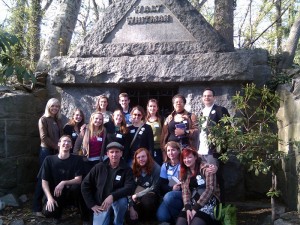
Students and faculty members gather in front of Whitman's tomb. Thanks to Claire Fontaine for the shot.
And then, we read together the closing lines of Whitman’s “Song of Myself.” (video to follow). It was a fitting and beautiful way to end our time together.
The Smallest Sprout Shows There is Really No Death
Onward and outward. The project is drawing to a close, of sorts, but I have the sense that it will never end for many of us. Like one of the elastic, limber, ellipsis-trailing lines of Whitman’s 1855 Leaves of Grass, Looking for Whitman will continue to fling its likeness outward; and those of us who were a part of it, or who watched it from afar, will continue to draw from it as we find it under our bootsoles, filtering and fibering the soil in which we grow.
Acknowledgments
My deepest thanks to those who supported this project, including:
The NEH Digital Humanities Start-Up Grant Program, offered through the NEH Office of Digital Humanities in partnership with the Institute of Museum and Library Services. I am grateful to the NEH and to the Office of Digital Humanities for their support, and I hope that this project can serve as an example for others interested in multi-campus educational projects.
I am also grateful to the colleges represented in this project for the generous support and encouragement that they have given to the participants. In particular, I would like to thank the following people for their support of this project:
- Dr. Bonne August, Provost and Vice President, New York City College of
Technology, CUNY
Barbara Burke, Patty Barba, Eleanor Bergonzo, Yasemin Jones from the Grants Office of the New York City College of Technology, CUNY.
Dr. Teresa A. Kennedy, Professor and Chair, Department of English,
Linguistics, and Communication, University of Mary Washington
Dr. Nina Mikhalevsky, Acting Provost and Vice President for Strategy and
Policy, Professor of Philosophy, University of Mary Washington
Dr. Michael A. Palis, Interim Dean, Faculty of Arts and Sciences Graduate
School, Rutgers University-Camden
This project would not have been successful without the efforts of its deeply committed faculty members and staff. For their enthusiasm, excitement, energy, and expertise, I would like to thank:
- Lead Faculty Members
New York
Matthew K. Gold, New York City College of Technology and CUNY Graduate Center
Karen Karbiener, New York University (2009 Fulbright Scholar at the University of Novi Sad, Serbia)
Virginia/Washington
Brady Earnhart, University of Mary Washington
Mara Scanlon, University of Mary Washington
Camden
Tyler Hoffman, Rutgers University-Camden
Carol Singley, Rutgers University-Camden
Director of Technology
Jim Groom, University of Mary Washington
Director of Project Support
Claire M. Fontaine, CUNY Graduate Center
Scholarly Adviser
David S. Reynolds, CUNY Graduate Center
Pedagogical Advisers
Steve Brier, CUNY Graduate Center
Mills Kelly, George Mason University
Affiliated Institutions, Centers, People, and Groups
Brooklyn Historical Society (New York)
Chatham Manor (Virginia)
Kim Roberts (Washington, D.C.)
Library of Congress Manuscripts Division (Washington, D.C.)
The Walt Whitman Association (Camden)
The Walt Whitman House (Camden)
The Walt Whitman Project (New York)
Website Development Team
Website Banner Design: Yue Chen
Coding, Development, Layout: Cast Iron Coding
Guru: Jim Groom
Cleaner: Boone Gorges
Most of all, I’d like to thank the students who took part in Looking for Whitman. Without your hard work, none of this would have been possible.
—
“Looking for Whitman” has been designated a “We the People” project by the National Endowment for the Humanities.

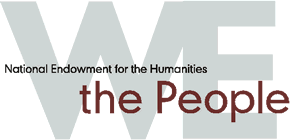

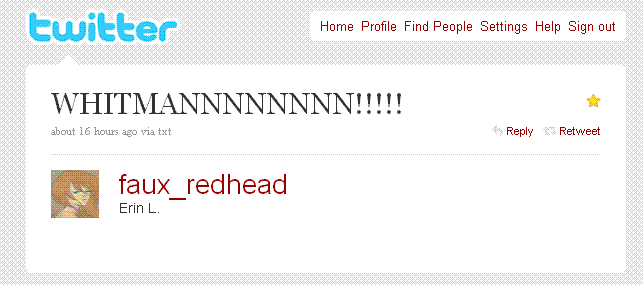
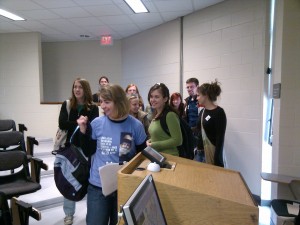
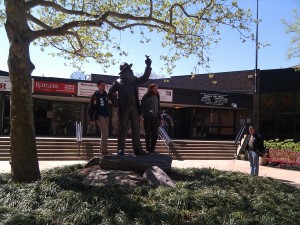
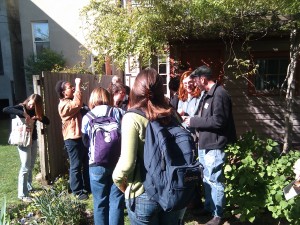
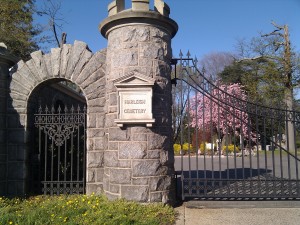
Recent Comments